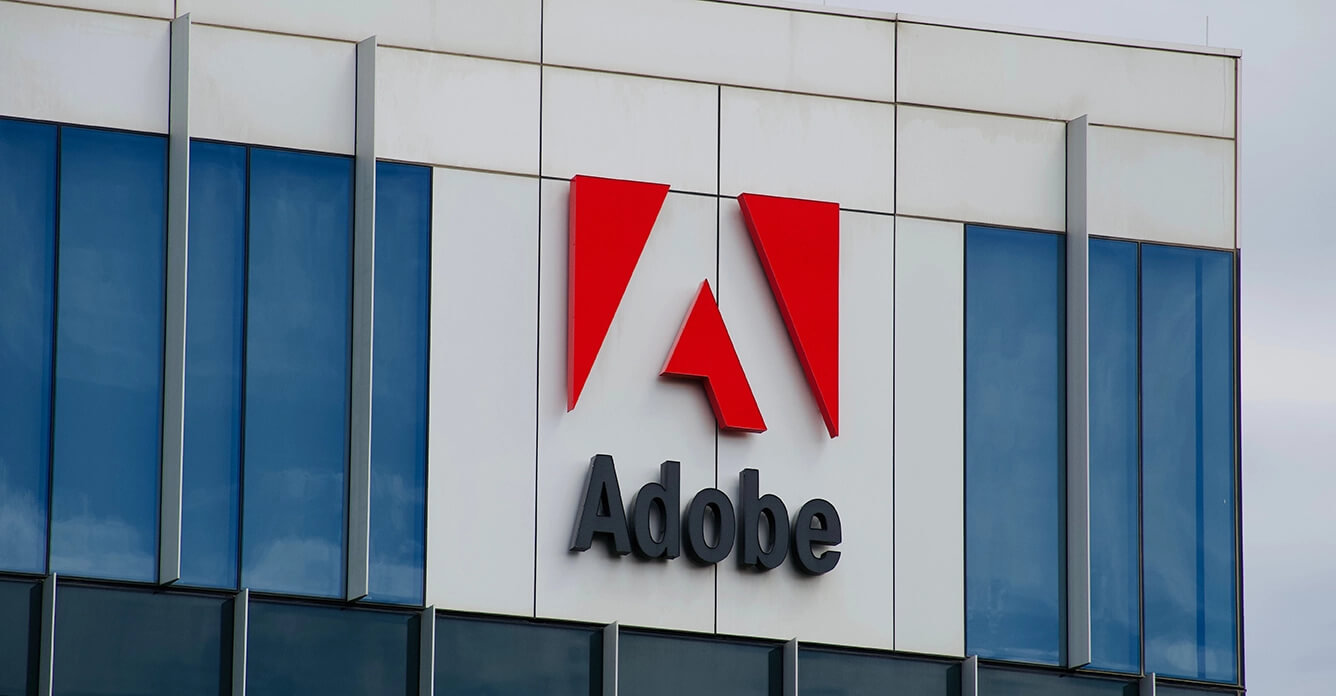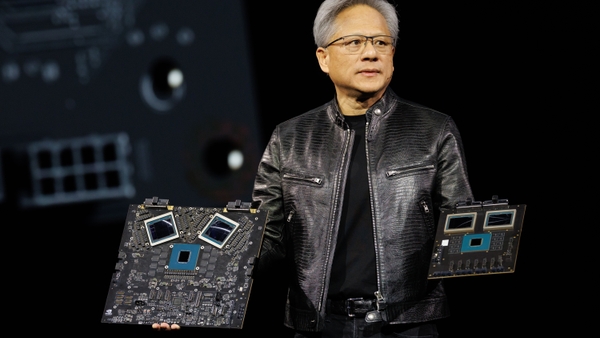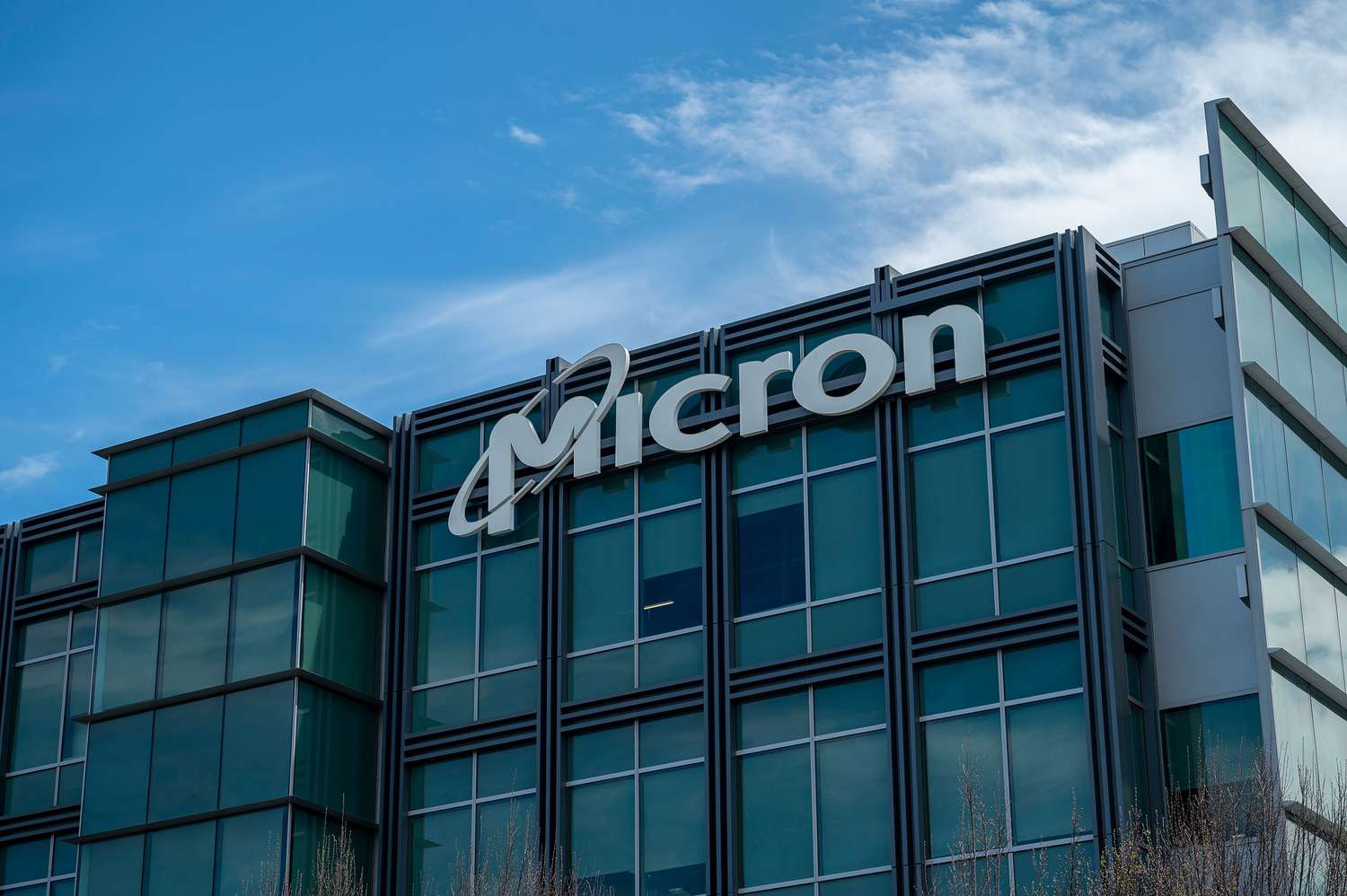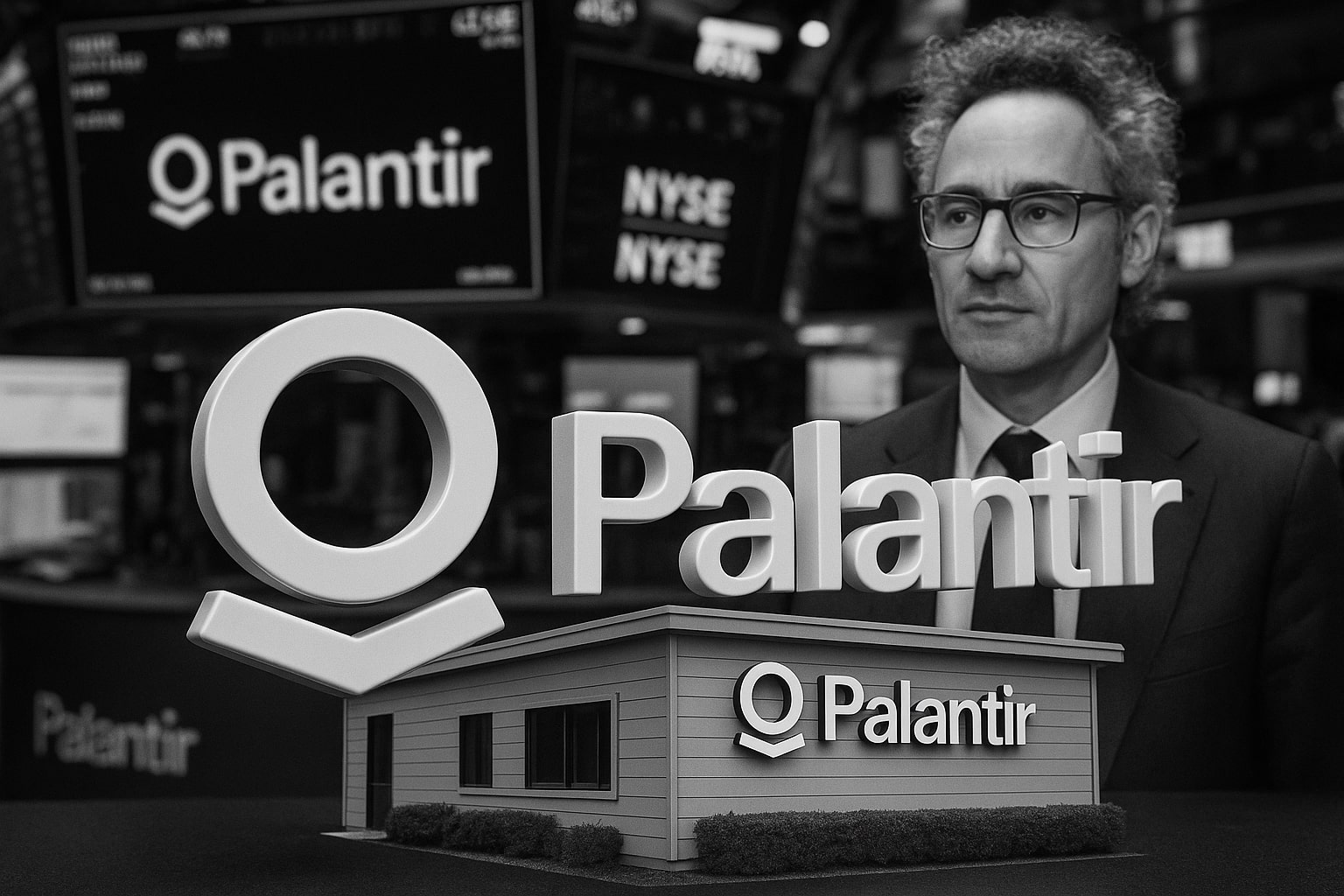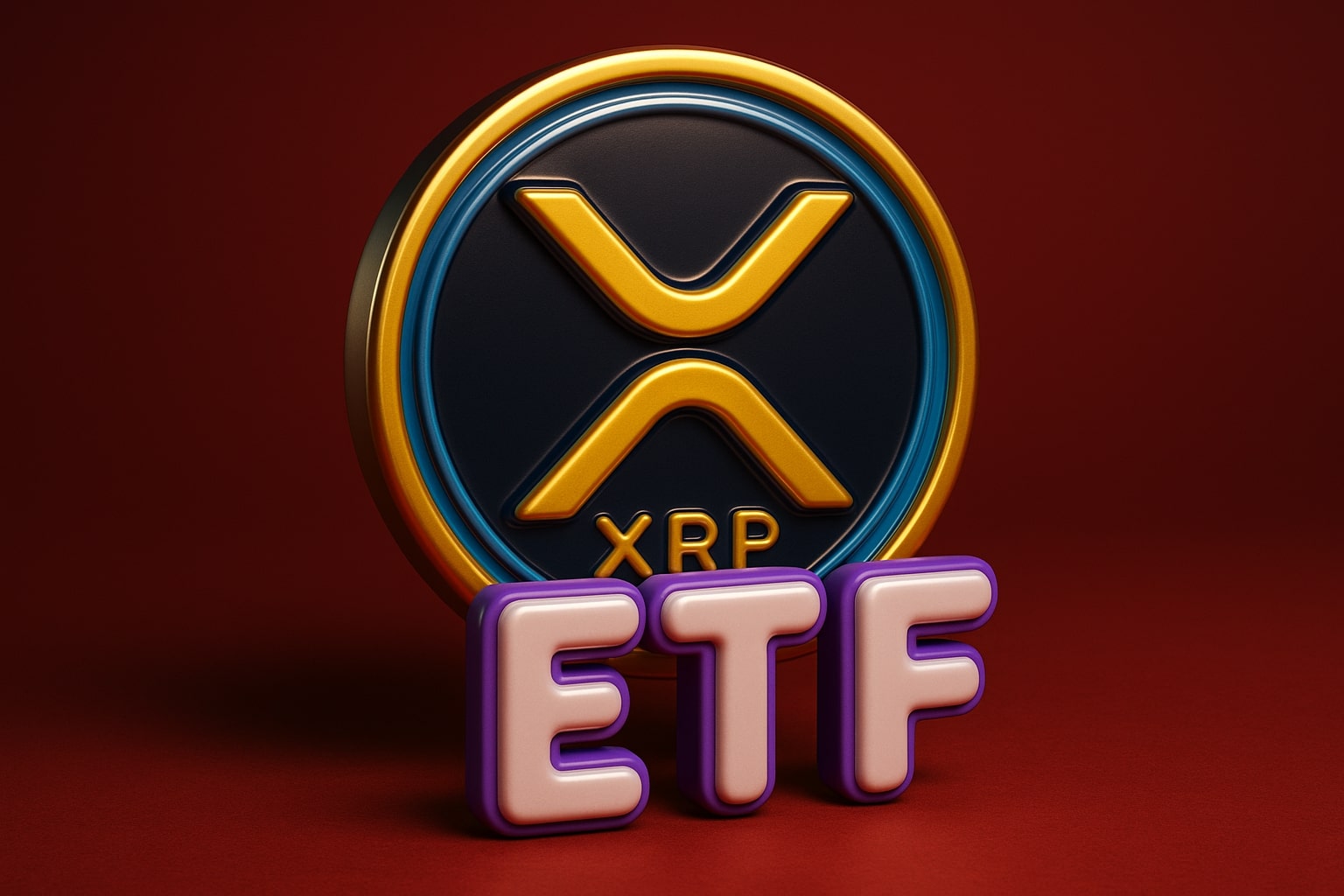
Why TSMC (NYSE:TSM) is Poised for Long-Term Growth
Is TSMC Stock Undervalued at $162? Here’s Why It Could Be Worth $303 | That's TradingNEWS
TSMC: A Deep Dive into Growth, Risks, and Valuation
TSMC’s Dominance in Advanced Chip Technology
TSMC (NYSE:TSM) continues to lead the semiconductor industry with its cutting-edge 3nm and 5nm nodes, which now account for 60% of its wafer revenue in Q4-FY24. This is a strong indicator of the company’s critical role in the supply chain for high-performance computing (HPC) and AI chips, both of which are seeing exponential demand. The 3nm process alone grew from 20% in Q3-FY24 to 26% in Q4-FY24, further establishing TSMC’s leadership in advanced node technologies. Revenue from HPC products now makes up 53% of TSMC's total revenue, signaling a shift from traditional markets such as smartphones, which have seen a decline in revenue share, now standing at 35% in Q4-FY24 compared to 43% in Q4-FY23.
In the context of the AI supercycle, these advanced nodes are fueling a massive demand for AI accelerators and HPC chips. TSMC’s ability to capture this growth through its 3nm and 5nm nodes positions it well for the long term. As the backbone for chips used in artificial intelligence applications, data centers, and advanced semiconductors, TSMC has cemented itself as a critical player in the industry. The company’s ability to innovate and scale production of such advanced technology will continue to drive strong growth in the coming years.
Quarterly Revenue Highlights and Outlook
For Q4-FY24, TSMC reported a consolidated revenue of NT$868.46 billion, reflecting a 38.8% year-over-year increase. This growth was largely driven by the strong demand for its 3nm and 5nm semiconductor technologies, particularly from high-performance computing and AI accelerator markets. TSMC's pricing power, fueled by its technological leadership and economies of scale, has been a key driver of its financial performance.
Despite seasonal softness in the smartphone segment, as seen in February FY25 revenue dropping to NT$260.01 billion, TSMC’s ability to sustain high growth rates year-over-year, with a cumulative NT$553.3 billion in revenue over January and February FY25, highlights its resilience in the face of market fluctuations. This 39.2% increase from the same period in FY24 illustrates TSMC’s ability to adapt to changing demand patterns while capitalizing on growth areas such as AI and HPC. The company’s first-quarter FY25 guidance of $25.4 billion, representing a 34.7% year-over-year increase, further supports the outlook for strong growth in the coming quarters.
Impact of Overseas Expansion on Margins
While TSMC is on a robust growth trajectory, its global expansion strategy presents some challenges. The company has aggressively expanded its fabrication facilities in the U.S., Japan, and Europe, with a substantial $100 billion investment aimed at meeting the rising demand for advanced chips. However, this international expansion comes at a cost. TSMC expects its gross margin to experience a 2-3% annual dilution due to the higher operational costs associated with these overseas facilities, which are smaller in scale compared to TSMC’s Taiwan-based fabs.
In Q1-FY25, TSMC forecasted a slight margin decline, with a gross margin estimate of 58%, down from 59% in Q4-FY24. This is attributed to the ramp-up costs associated with new fabs in Arizona and Kumamoto, along with inflationary pressures on electricity prices and supply chain costs. Despite these short-term margin pressures, TSMC’s long-term growth potential remains intact due to its continued dominance in advanced-node production, which is expected to drive further pricing power and demand for its services.
Long-Term Growth Potential in AI and HPC
Looking forward, TSMC is poised for continued growth in the AI and HPC markets. The demand for AI accelerators, including GPUs, ASICs, and memory chips, is projected to grow at a 40-45% compound annual growth rate (CAGR) through FY26. This growth will be fueled by increasing investments in artificial intelligence across various sectors, including autonomous vehicles, cloud computing, and industrial applications. TSMC's advanced 3nm and 5nm technologies are perfectly positioned to meet this demand, offering high performance and energy efficiency that are crucial for AI workloads.
The company’s continued investment in next-generation 2nm technology, with expected improvements in chip density and power efficiency, further enhances its growth prospects. TSMC’s leadership in the semiconductor industry, combined with its aggressive expansion and technological innovation, positions it as a dominant player in the rapidly growing AI and HPC sectors.
Valuation and Investment Case
Currently, TSMC is trading at a forward P/E ratio of 18.22, which is below both the sector median of 20.46 and its own five-year average. Given the company’s strong growth outlook, led by its advanced semiconductor technologies and AI-driven demand, the stock appears undervalued at these levels. Using a two-stage discounted cash flow (DCF) model, the intrinsic value of TSMC’s stock is estimated to be around $303, nearly double its current price of approximately $162. This suggests a significant upside potential, making TSMC an attractive investment for long-term growth.
The company’s strong cash flow generation, with free cash flow (FCF) increasing from NT$292.15 billion in FY23 to NT$870.17 billion in FY24, further supports the argument for a strong buy. TSMC’s ability to reinvest in its business, particularly through its $100 billion expansion plan, will likely drive continued revenue and earnings growth, positioning the stock for solid returns in the coming years.
Risks to Consider
Despite the promising outlook, there are several risks that investors should be aware of. One of the main concerns is the potential impact of new tariffs, particularly from the U.S. government. Given TSMC’s global operations and reliance on international markets, changes in trade policy or tariffs could disrupt the company’s cost structure and supply chains. Additionally, TSMC’s heavy reliance on high-growth sectors such as AI and HPC exposes it to market fluctuations and shifts in demand. A slowdown in AI investment or a shift in customer preferences could negatively impact revenue growth.
Moreover, TSMC faces increasing competition from rivals such as Intel and Samsung, who are aggressively ramping up their advanced-node production capabilities. While TSMC remains the leader in semiconductor manufacturing, any significant technological breakthroughs or shifts in market dynamics could affect its competitive position.
Conclusion
In conclusion, TSMC’s growth prospects remain robust, fueled by its leadership in advanced semiconductor technologies and its critical role in the AI and HPC sectors. While there are short-term margin pressures due to global expansion and potential geopolitical risks, the company’s long-term growth trajectory and strong cash flow generation make it an attractive investment. With a significant upside potential based on its valuation and growth outlook, TSMC remains a strong buy for long-term investors seeking exposure to the semiconductor industry.
That's TradingNEWS
Read More
-
GPIQ ETF Rises on 10% Yield and AI Boom as Investors Brace for Tech Volatility
14.10.2025 · TradingNEWS ArchiveStocks
-
Ripple (XRP-USD) Stabilizes at $2.51 as Whales Buy $5.5B and ETF Outflows Shake Crypto
14.10.2025 · TradingNEWS ArchiveCrypto
-
Natural Gas Price Forecast - NG=F Falls to $3.07 as Supply Glut and Weak Heating Outlook Hit Demand
14.10.2025 · TradingNEWS ArchiveCommodities
-
USD/JPY Price Forecast - Dollar to Yen Slides to 151.80 as Trade Tensions Boost Yen Strength
14.10.2025 · TradingNEWS ArchiveForex









